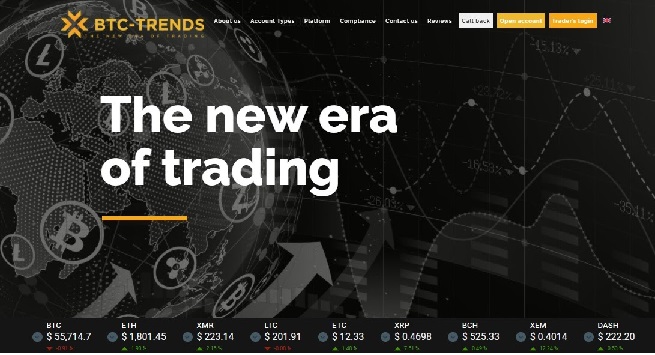The United States Federal Reserve Bank has published a report titled _Bitcoin: Technical Background and Data Analysis_, which contains a technical analysis of Bitcoin and the Bitcoin protocol.
*
*
The report’s two authors, Anton Badev and Matthew Chen, wrote that “in essence, a bitcoin is an electronic token without reference to any underlying commodity or sovereign currency, and is not a liability on any balance sheet. Owning bitcoins amounts to nothing more than having the ability to move these bitcoins in the Bitcoin ecosystem”.
This definition leads the authors to conclude that a Bitcoin does not have any intrinsic value. They also point out that at present no jurisdiction recognizes Bitcoin as legal tender. Furthermore, the document notes that many economists have expressed their doubts as to whether Bitcoin conforms to the standards of a currency unit.
Researchers used data from the public ledger, several large cryptocurrency exchanges (Mt. Gox, BitStam, BTCN, BTCE and BitFinex) and one of the largest bitcoin casinos, Satoshi Dice. They found that less than 50% of bitcoins are used in transactions. At the same time, more than half of all bitcoin operations are small transfers (less than $100), in most cases linked with gambling websites. But, thanks to rare large transactions, an average bitcoin transfer exceeds $40,000.
The report was not well received by the bitcoin community. On CoinTelegraph, an expert stated that “despite a great deal of empirical research and terabytes of data, the Federal Reserve lacks a fundamental understanding of Bitcoin”. He went on to say that the US dollar is a great example of a sovereign currency which has no more intrinsic value than bitcoin. Moreover, he emphasized, the Federal Reserve Bank researchers ignored the fact that the virtual currency is used on a daily basis to buy goods and services, without ever attempting to analyze data from more than 64,000 businesses accepting bitcoin. He concluded that the report tried to portray Bitcoin as a ‘fad’ for gamblers and traders “instead of a growing marketing tool already adopted by some of the world’s largest retailers”.












